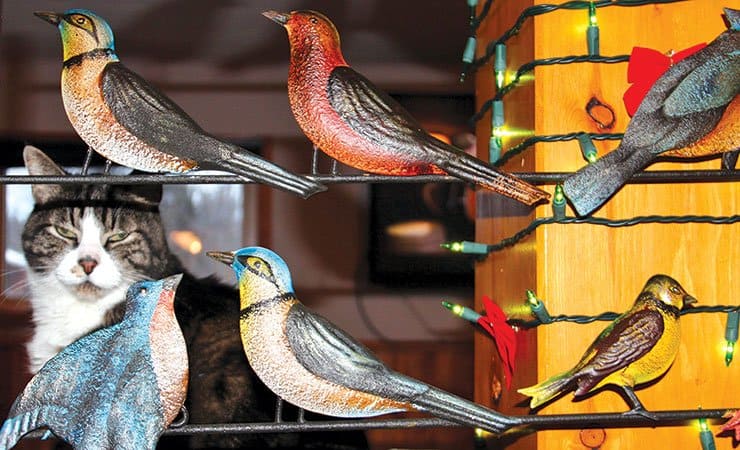A man once had a dream. He had a vision of a secure, environmentally-controlled building with reading rooms and plenty of white gloves.
If this doesn’t sound like just the thing for a gritty pioneering place like the Yukon in the 1970s, you need to pick up a copy of For the Record: Yukon Archives 1972-2012.
Launched this month to coincide with the 40th anniversary of the Yukon Archives’ opening, the free book provides a glimpse into the treasures contained within the vaults of the archives.
The book chronicles the archives’ inception, following the removal of thousands of documentary files from the Yukon to Ottawa for safekeeping.
Spurred by the vision of former Territorial Commissioner Jim Smith, the archives officially opened in December 1972 in downtown Whitehorse, and moved to its much-expanded current quarters across from Yukon College in 1990.
Besides chronicling the development of the archives, the book demonstrates how much our understanding of Yukon’s history depends on the individual documentarians who were on the ground at the time, and on the collectors who later amassed this material.
As important as museums, researchers and historians are, it is the individuals who feel compelled to document the changes in the world around them who provide the records of history.
Among Yukon’s well-known documentarians was E.J. Hamacher, a photographer who lived here from 1900 to 1935. He photographed many of the people and places of his time, often using a formal portrait style. An exhibit of his photographs is open at the Hougen Heritage Gallery on Main Street until July 27.
By contrast, Claude Tidd, an RCMP officer and amateur photographer, depicted everyday life in the Yukon frontier in a relaxed and rugged manner. His photos of life in rural Yukon with his wife Mary are the delightful source of an online exhibit called A Yukon Romance
As important as documents, letters and photographs are, this book also highlights the collectors.
Robert Coutts was an Atlin resident who collected thousands of books, newspapers, maps and memoirs—one of the most comprehensive collections of Yukon materials anywhere. The archives purchased it in 1978.
For the Record turns the archives from a sterile repository for government records into a testimony to everyday life.
One section highlights Yukoners’ apparent love of cats, evident in the many historical cat portraits. Another section points out the gardens of the Yukon, while yet another discusses the many works of fiction contained at the archives.
New history continues to be recorded with every day. Some recent acquisitions at the archives include Energy, Mines and Resources records regarding land use planning and squatters on Crown land, current topics if ever there were.
The Whitehorse Cross Country Ski club records have recently been archived and will someday provide a meeting-by-meeting summary of the growth of cross country skiing in Yukon.
The book’s latter pages hint at some of the challenges archives face in the digital era. Indeed, the written record grows with every email, blog post, and tweet, documenting the lives and decisions of Yukoners.
For the Record is available in person or by mail from the Yukon Archives (667-5321). The Yukon Archives will hold more commemorative events throughout this year, with an anniversary celebration planned for December.



